The Ultimate Guide to Crabbing in the UK
Crabbing is one of the UK’s favourite seaside traditions, offering fun for all ages and a chance to explore the coast in a hands-on way. This guide will walk you through the essentials, from the gear you’ll need to easy how-to tips and the top spots to enjoy crabbing near you.
Please note: If you're crabbing with children, make sure they're supervised at all times, as there are usually hazards like harbour walls to be aware of.
Skip to:
- Best places to crab in the UK
- When to go crabbing
- Crabbing equipment
- Step-by-step instructions on how to crab
- Crabbing safety advice
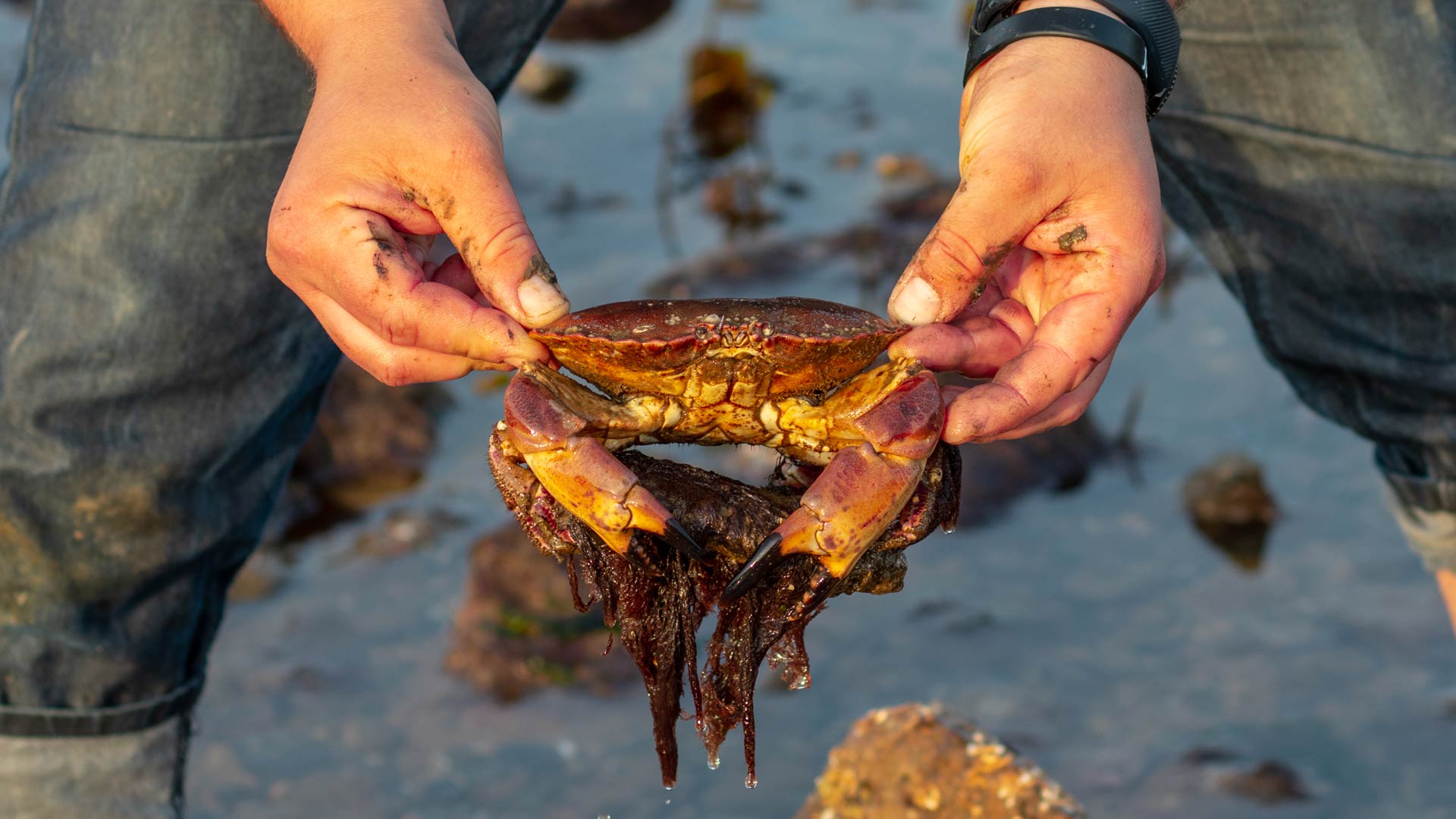
Best places to crab in the UK
With its varied and beautiful coastlines, the UK is a true haven for crabbing. Whether you live by the sea or are visiting for the day, there are plenty of fantastic spots waiting to be discovered. Here are some of the best places to crab near you, from lively harbours to quiet rocky inlets.
Crabbing in Devon
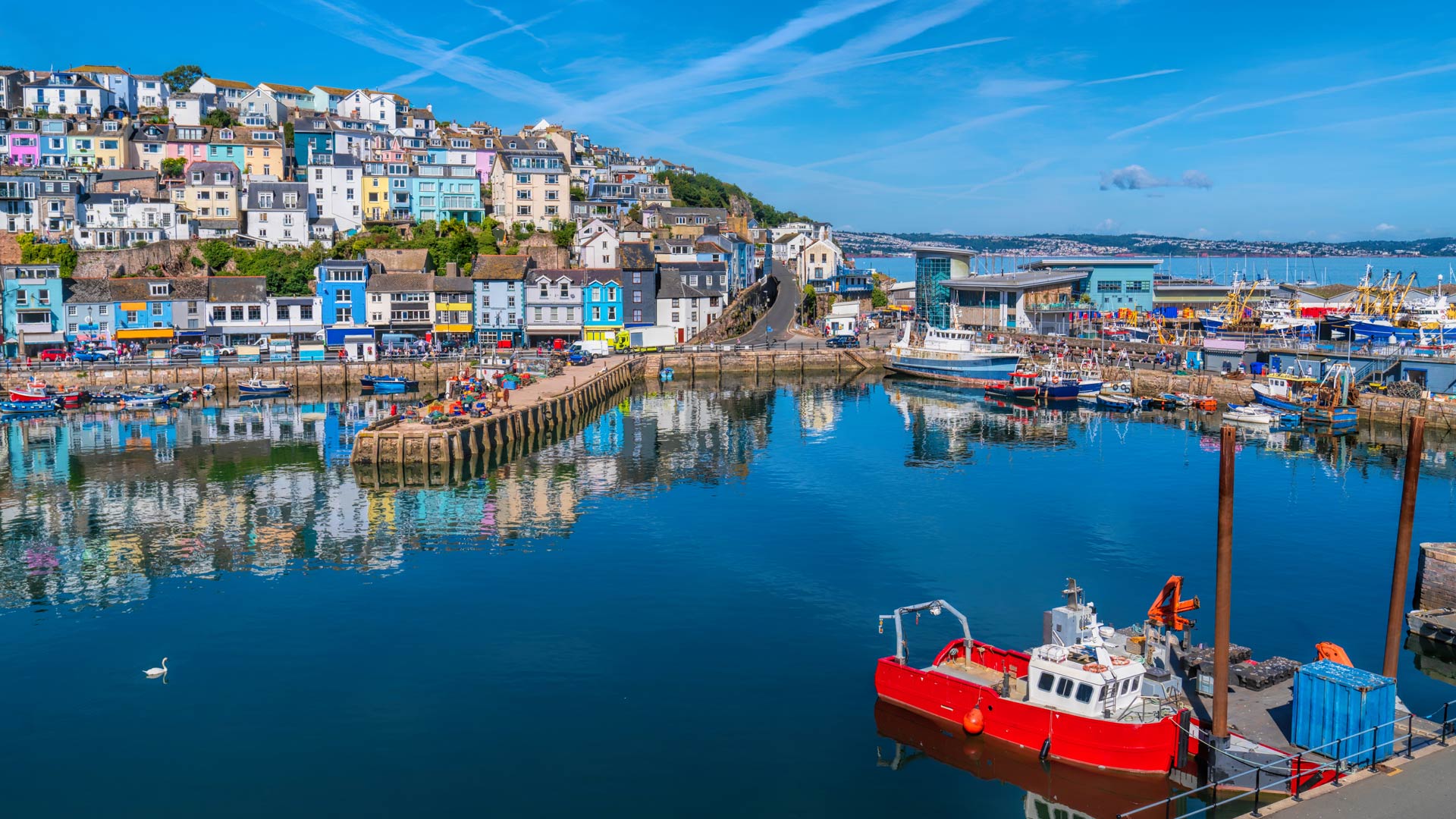
Devon’s 99-mile-long coastline offers plenty of opportunities for a classic seaside pastime, crabbing. From picturesque harbours to sandy estuaries, you will find numerous spots perfect for dropping a line and seeing what you can catch. Some popular locations include:
- Brixham Harbour: A large seaside town on the English Riviera, which is home to an array of rich marine life and well known for crabbing.
- Clovelly Harbour: Located in the village of Clovelly and historically known for its once bustling fishing port, Clovelly Harbour has a rich marine life, particularly crabs and lobsters.
- Exmouth Marina: Located at the mouth of the River Exe, Exmouth Marina offers an excellent, beginner-friendly spot for crabbing.
- Teignmouth Back Beach: A small, sandy beach in the centre of Teignmouth and an ideal location for catching crabs.
Crabbing in Cornwall
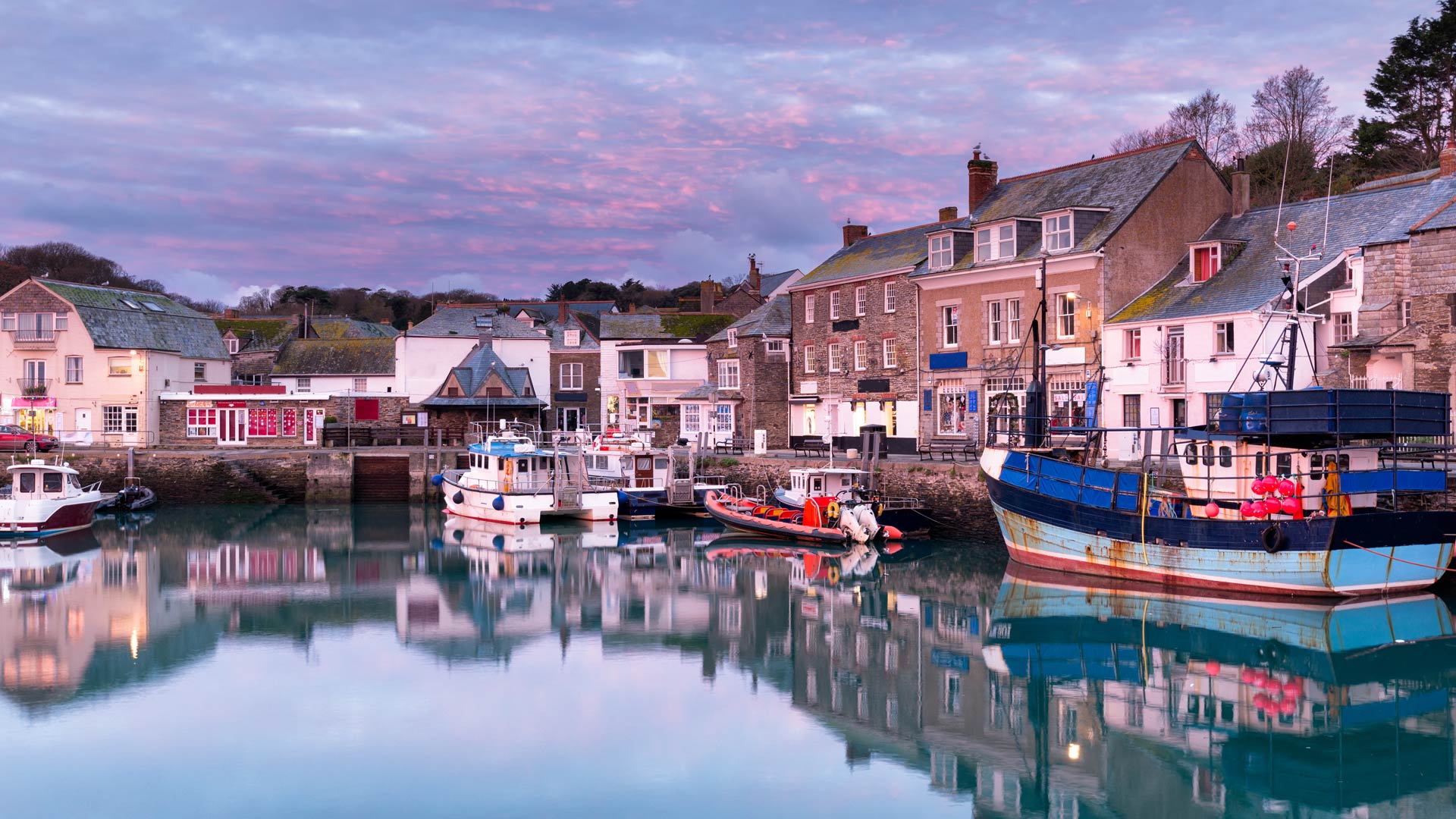
Cornwall’s rugged north coast and quaint harbours offer fantastic spots for crabbing, from busy piers to peaceful coves. Some popular locations include:
- Padstow Harbour: A stunning harbour with plenty of crabbing opportunities, plus nearby quiet beaches and coves to enjoy.
- Old pier wall behind Smeaton’s Pier: Nestled in the historic town of St Ives sits the old pier wall behind Smeaton’s Pier, and it is an ideal spot for crabbing.
- Mevagissey Harbour: A picture-perfect harbourside village where you can spend the day crabbing within the inner harbour wall in Mevagissy.
- Polperro: Small, picturesque harbour with easy spots for dangling lines.
Crabbing in Dorset
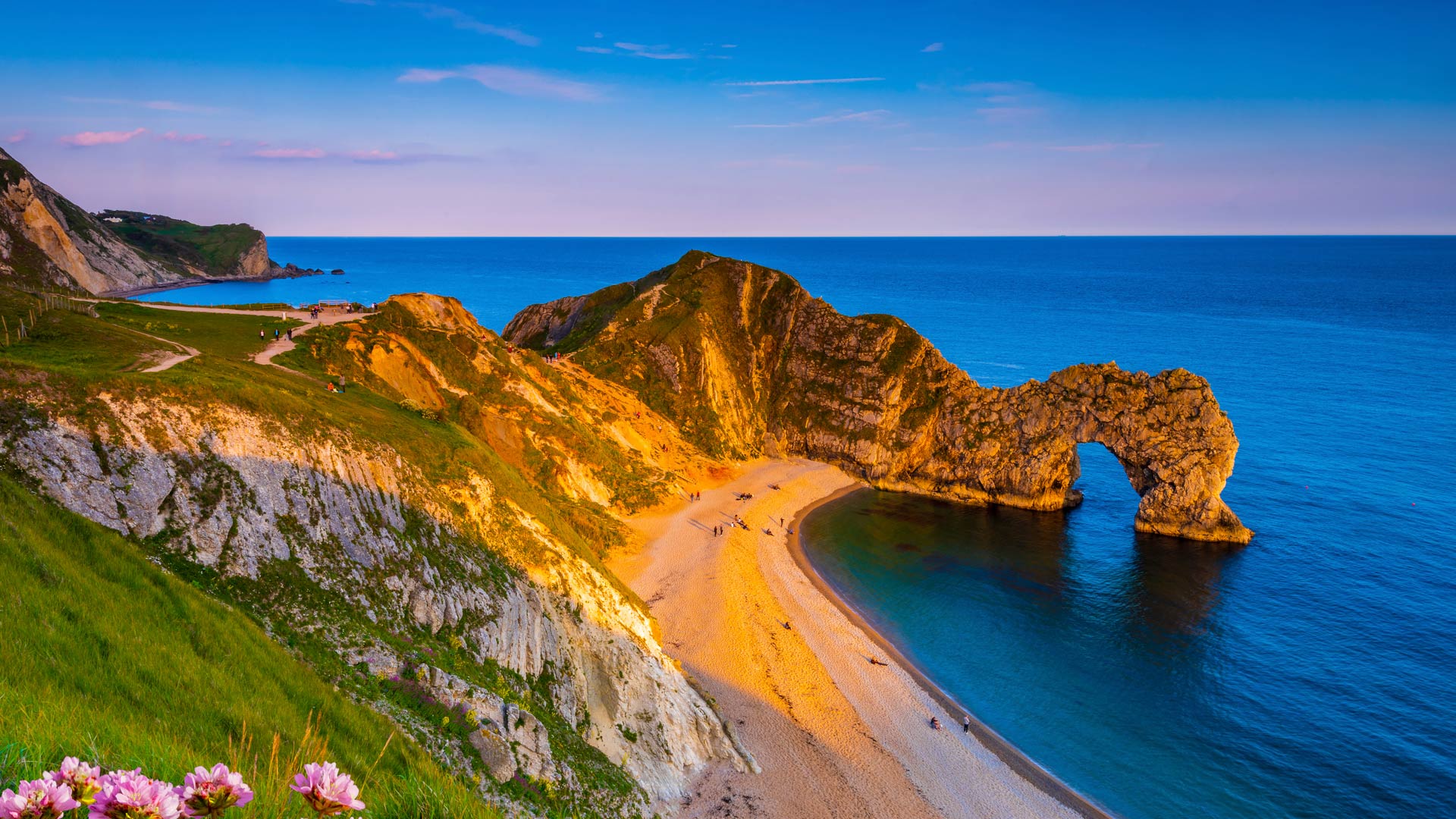
Dorset’s scenic coast is dotted with natural harbours and charming beaches that are perfect for crabbing. Popular spots include:
- Poole Quay: A gorgeous coastal town known for its natural harbour and scenic beaches. The best place for crabbing in Poole is by the quay, with plenty of parking nearby, making it super easy to get to.
- Swanage Beach: Find a quiet, shady spot by the slipway near the pier and enjoy crabbing.
- Weymouth Harbour: A lively favourite with holidaymakers, offering plenty of quay space where families can enjoy a relaxed day of crabbing.
- Mudeford Quay: One of Dorset’s crabbing hotspots, with bait and buckets available right on the quay, so you can drop a line the moment you arrive.
Crabbing in Norfolk
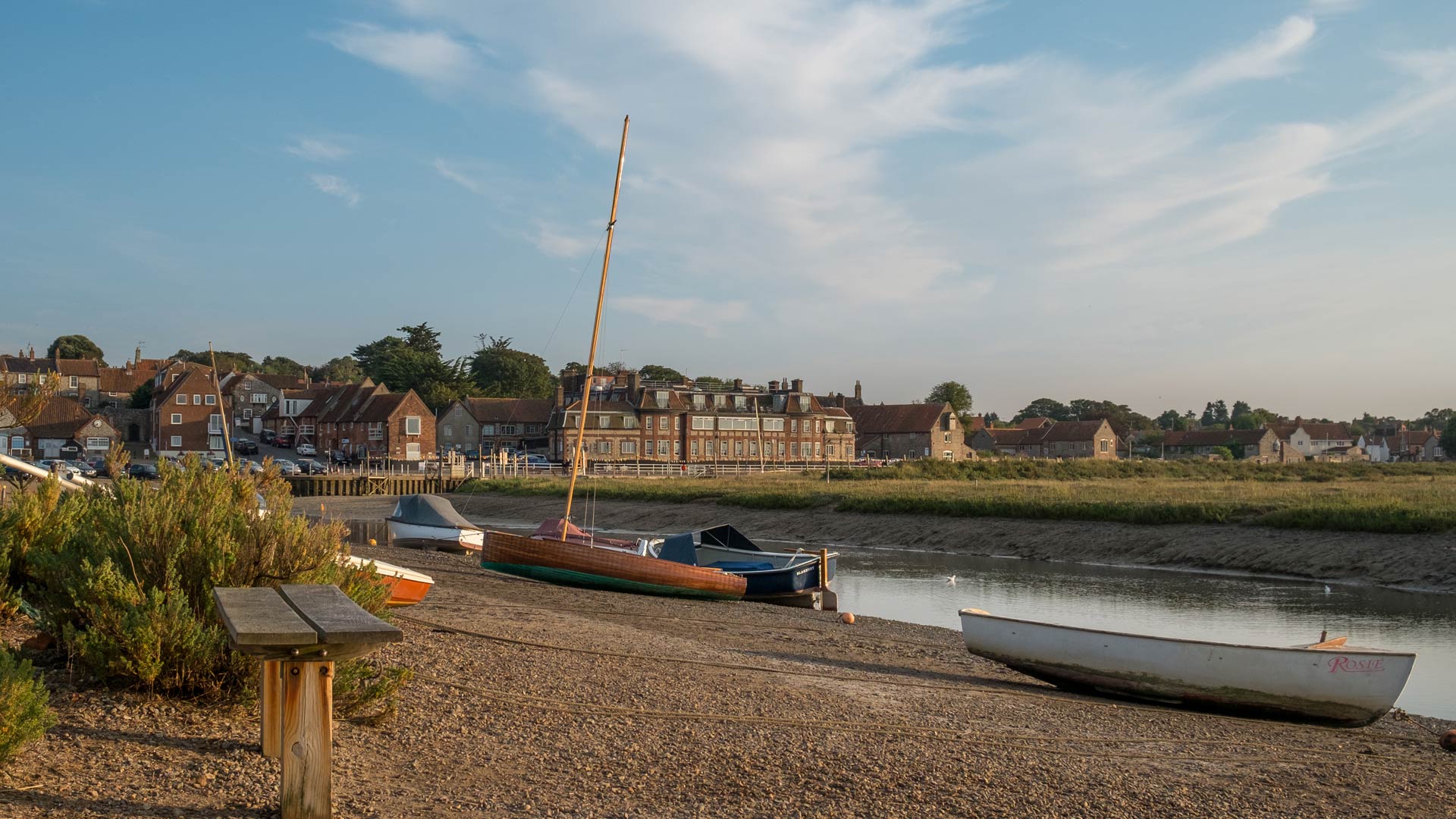
Norfolk’s coastal villages and harbours are classic locations for crabbing, with beautiful surroundings and rich local traditions. Key spots are:
- Blakeney Quay: Labelled an Area of Outstanding Natural Beauty, Blakeney is a gorgeous coastal village ideally situated for exploring the Norfolk Coast. You can join in the classic Norfolk holiday tradition of crabbing at Blakeney Quay.
- Wells Harbour: Wells-next-the-sea is a charming coastal town on the North Norfolk coast. It has a picturesque harbour that is ideal for crabbing.
- Burnham Overy Staithe: A peaceful alternative to Blakeney Quay, with a charming jetty that’s perfect for crabbing in calm, scenic surroundings.
Crabbing in Somerset
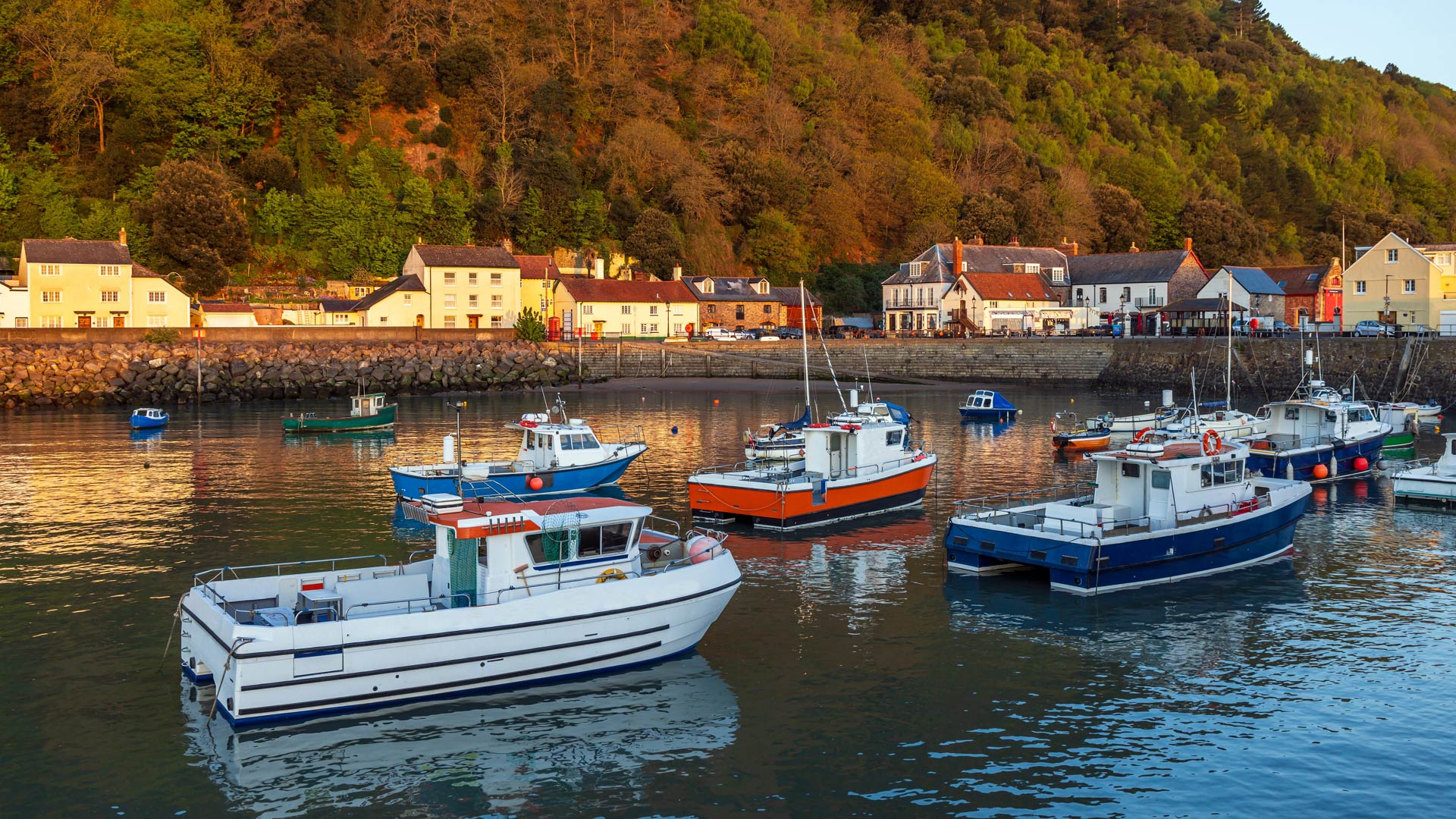
Somerset’s coastline offers a mix of historic piers and spacious harbours ideal for crabbers:
- Minehead Harbour: Minehead is a beautiful coastal town located on the shores of the Bristol Channel. It is a popular holiday destination, and the harbour has plenty of space along it to go crabbing.
- Clevedon Pier: One of the UK’s iconic Victorian piers and a hotspot for crabbing.
Crabbing in Yorkshire
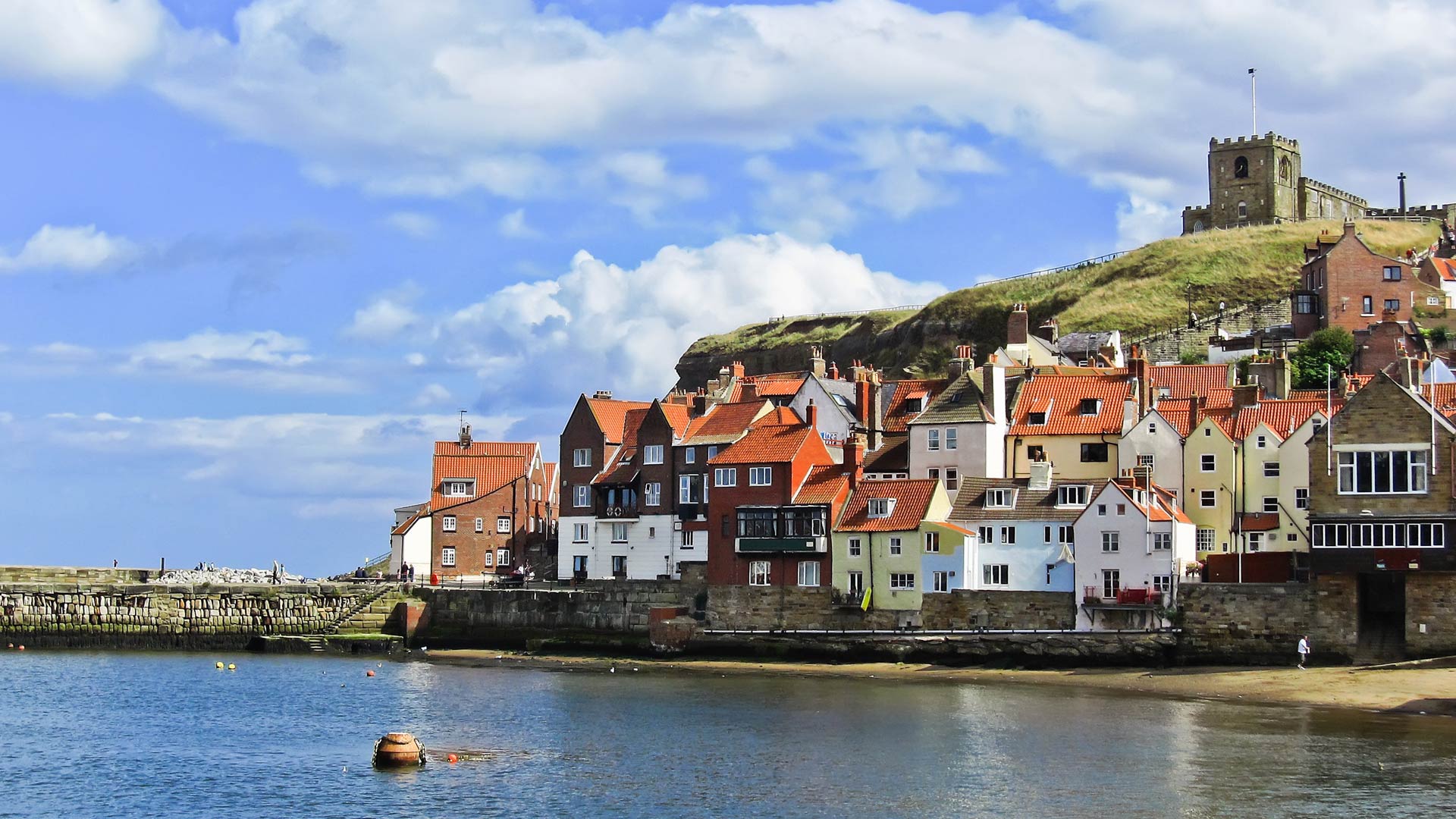
Yorkshire’s north-east coast has beautiful harbours and beaches with great crabbing opportunities:
- Whitby Harbour: An idyllic harbour at the mouth of the River Esk with stunning North Sea views and a perfect spot for catching Whitby crabs.
- Sandsend Beach: Located near Whitby is Sandsend. This small village features a sandy and shingle beach, offering numerous crabbing opportunities.
Crabbing in Suffolk
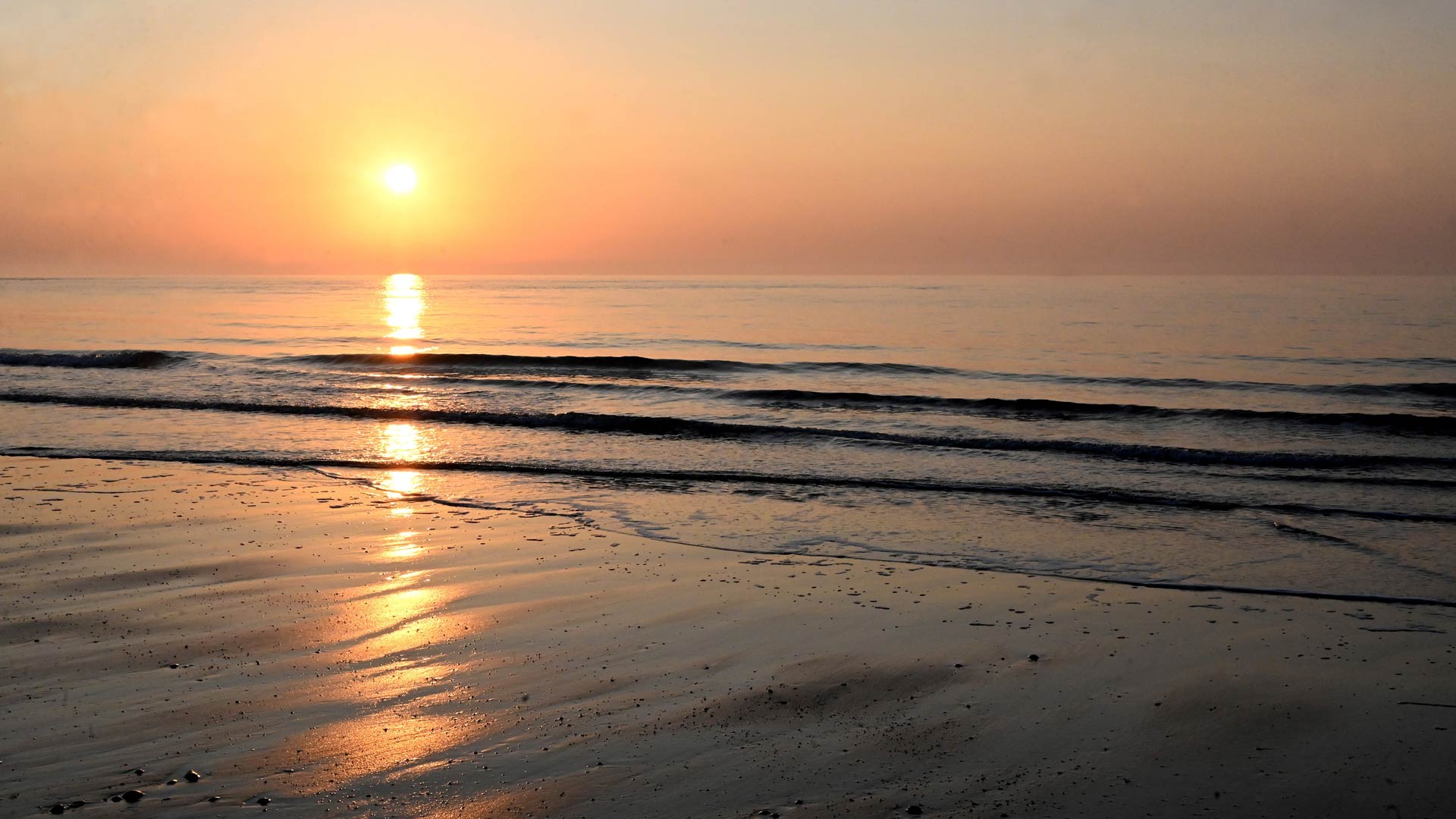
With its gentle estuaries, wooden jetties, and charming coastal villages, Suffolk is a perfect place to enjoy the simple seaside pleasure of crabbing.
- Walberswick: Widely regarded as the “crabbing capital” of the UK, famous for its annual competition and bustling with families each summer.
- Southwold Harbour: Just a short stroll from Walberswick, this charming harbour offers another of East Anglia’s much-loved crabbing spots.
Crabbing in Wales

From the rugged shores of Anglesey to the colourful harbours of Pembrokeshire, Wales offers a treasure trove of crabbing spots. Here are some popular crabbing locations in Wales:
- Trearddur Bay: Explore the small village that is home to the popular sand and shingle beach. It has plenty of rockpools to explore, and it’s a great crabbing hotspot.
- Swansea Bay: A beautiful bay on the Southern coast of Wales. It has a large mudflat area, which is ideal for crabbing.
- Aberaeron Harbour: A postcard-perfect harbour with elegant stone quays, ideal for a relaxed afternoon of crabbing.
- Tenby Harbour: Bursting with colour and coastal charm, this lively harbour offers plenty of prime spots to cast your line.
Crabbing in Scotland
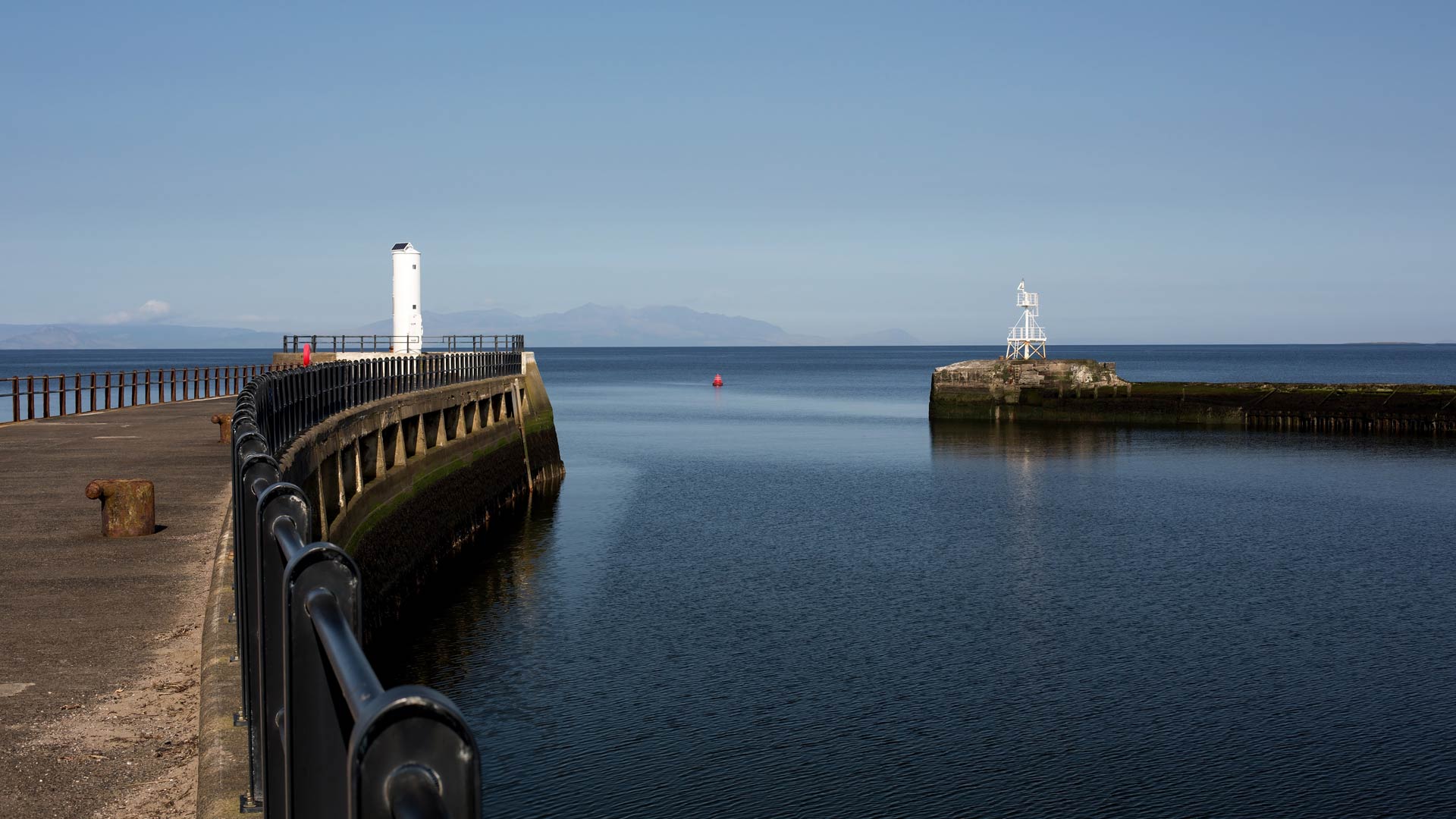
With its dramatic coastline, quaint fishing villages, and clear tidal waters, Scotland is a crabbing paradise for those willing to explore. Here are some lovely crabbing locations in Scotland:
- Ayr Pier: Located in the town Ayr on the southwest coast. This pier and harbour area is popular for crabbing.
- Crail Harbour: The heart of this charming coastal village, offering stunning sea views and excellent opportunities for crabbing.
- Anstruther Harbour: Just along the coast from Crail, this characterful fishing village offers a picturesque setting and plenty of crabbing opportunities.
- Oban Harbour: A bustling west coast port with easy-to-reach piers, perfect for dropping a line while watching the ferries come and go.
Best time to go crabbing
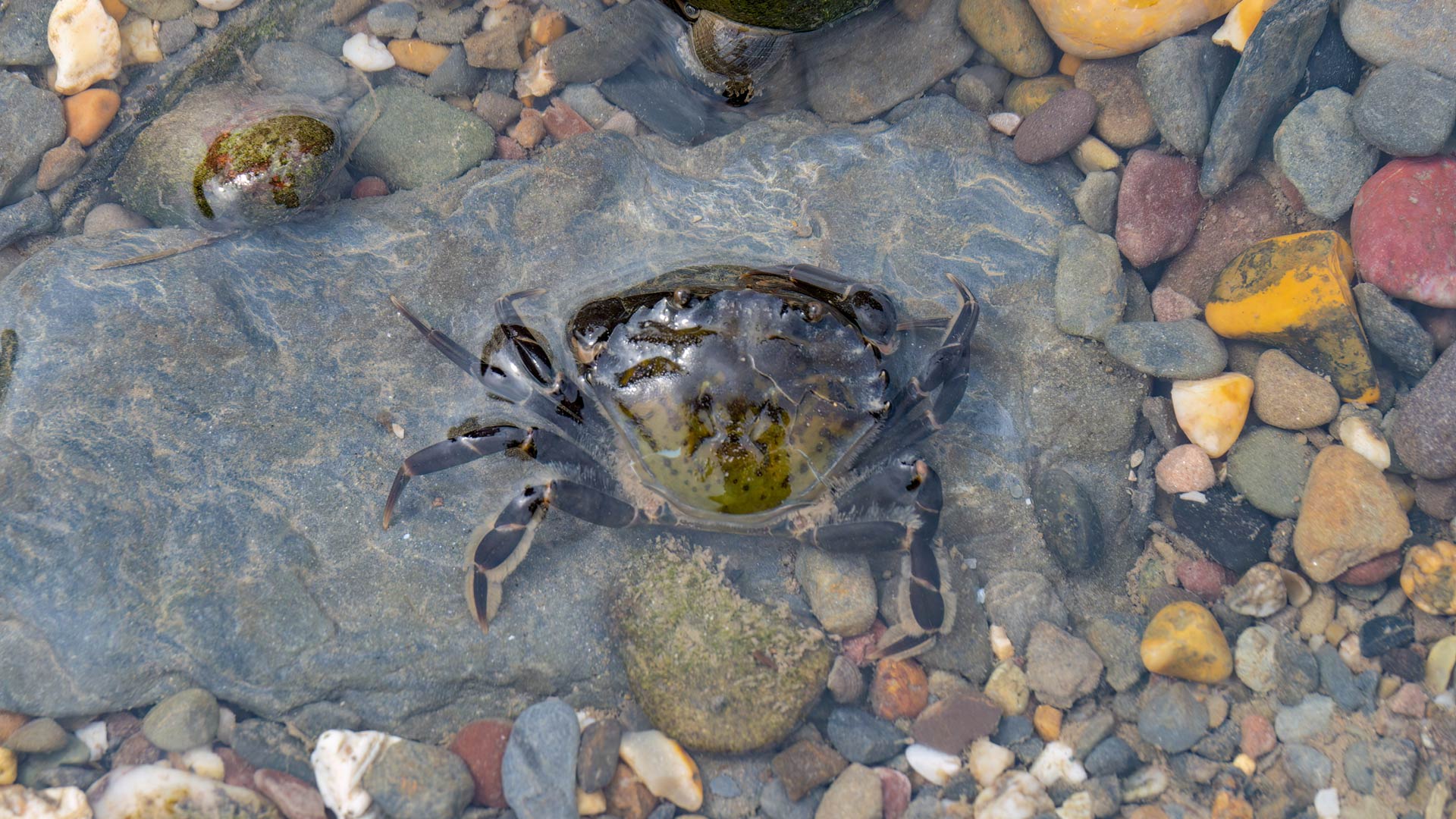
Although you can go crabbing in the UK all year round, it’s recommended to visit between late spring and early autumn when the crabs are more active and easier to find. There are other factors to consider for a successful crabbing trip, including:
Timing your visit with the tide
Crabs are most active when the tide is rising, as they are drawn closer to the shore. The best time for you to go crabbing is during high tide or to start an hour or two before the tide peaks. Not sure when the tide is high? The Met Office has a great resource to use to see tide times. Click here for more information.
Making the most of low-light hours
Crabs prefer cooler, dimmer conditions and tend to avoid bright sunlight. Early mornings and late evenings are often the best time for crabs, and a great chance to spot them.
Tapping into local knowledge
No one knows the crabs in their area like the locals, so it’s always worth having a chat with them about when it is best to go crabbing or what spots have more crabs.
Crabbing equipment
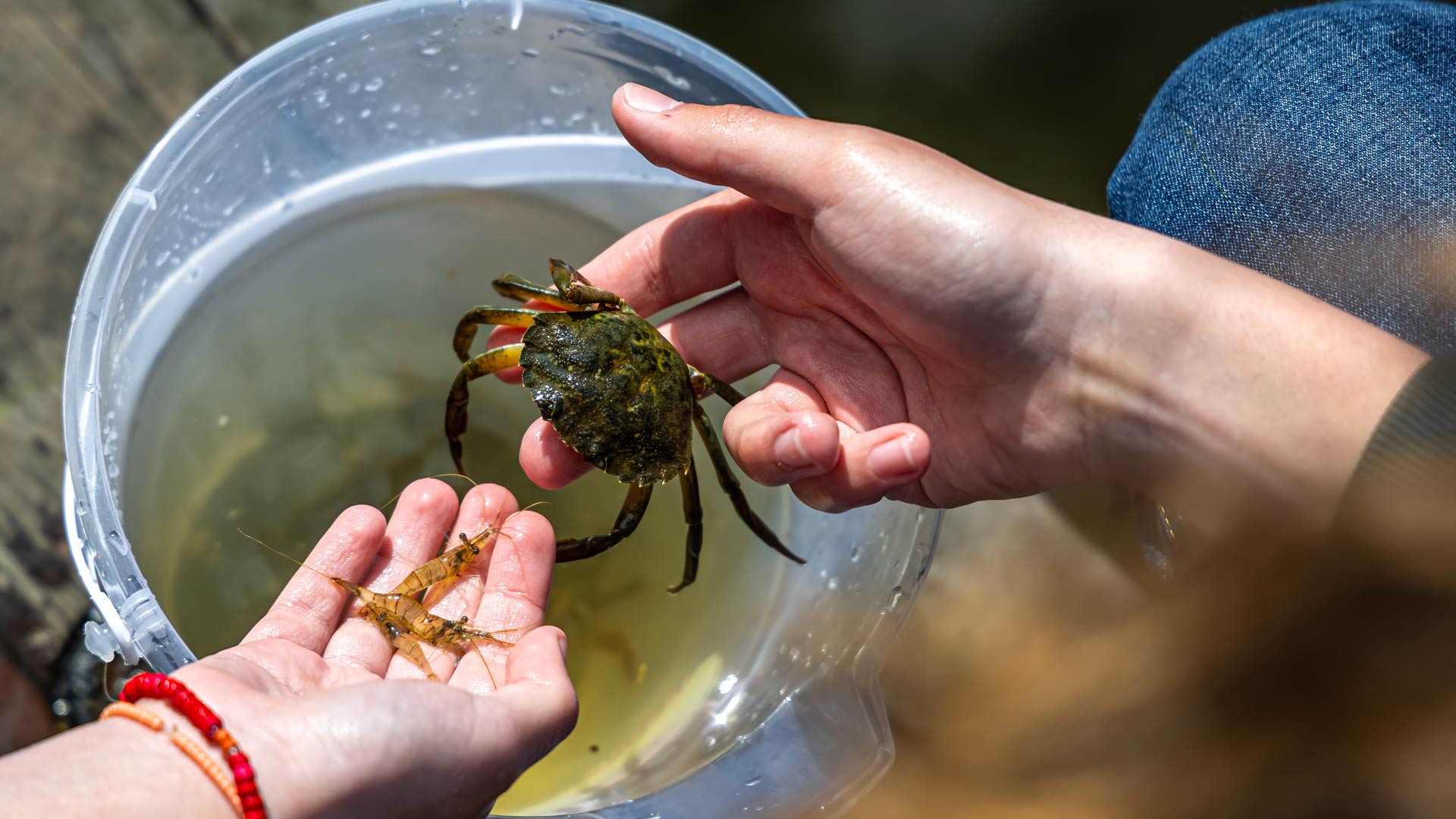
Set yourself up for a memorable crabbing adventure by bringing along the essential equipment. If you arrive empty-handed, there is no need to worry. Many seaside towns across the UK have charming little shops by the shore, ready to supply you with everything you need for a fun-filled day of crabbing.
Crabbing lines/nets
A crabbing line is a long cord with a bait bag or small ring net attached to one end, allowing you to catch crabs easily. Lines with ring nets are very useful because they let you scoop up crabs quickly and reduce the chance of them escaping. Always use a single-handline rather than large drop nets, as handlines are gentler on crabs and other marine life, making it easy to release each crab immediately after viewing.
Bait
Shellfish, squid and fish are all ideal bait to use when getting a crab’s attention and enticing them into your net.
Bucket
Once you have caught your crab, you will need a temporary home for it. The bigger the bucket, the better, as this gives the crabs space to move around. Fill it with fresh seawater from where you are crabbing, add a few rocks or seaweed for shelter, and keep it shaded to keep your catch comfortable before release.
Crabbing gloves (optional)
Crabs have sharp claws that they’re not afraid to use. You can take extra precautions by wearing crabbing gloves when handling them.
Step-by-step guide on how to crab
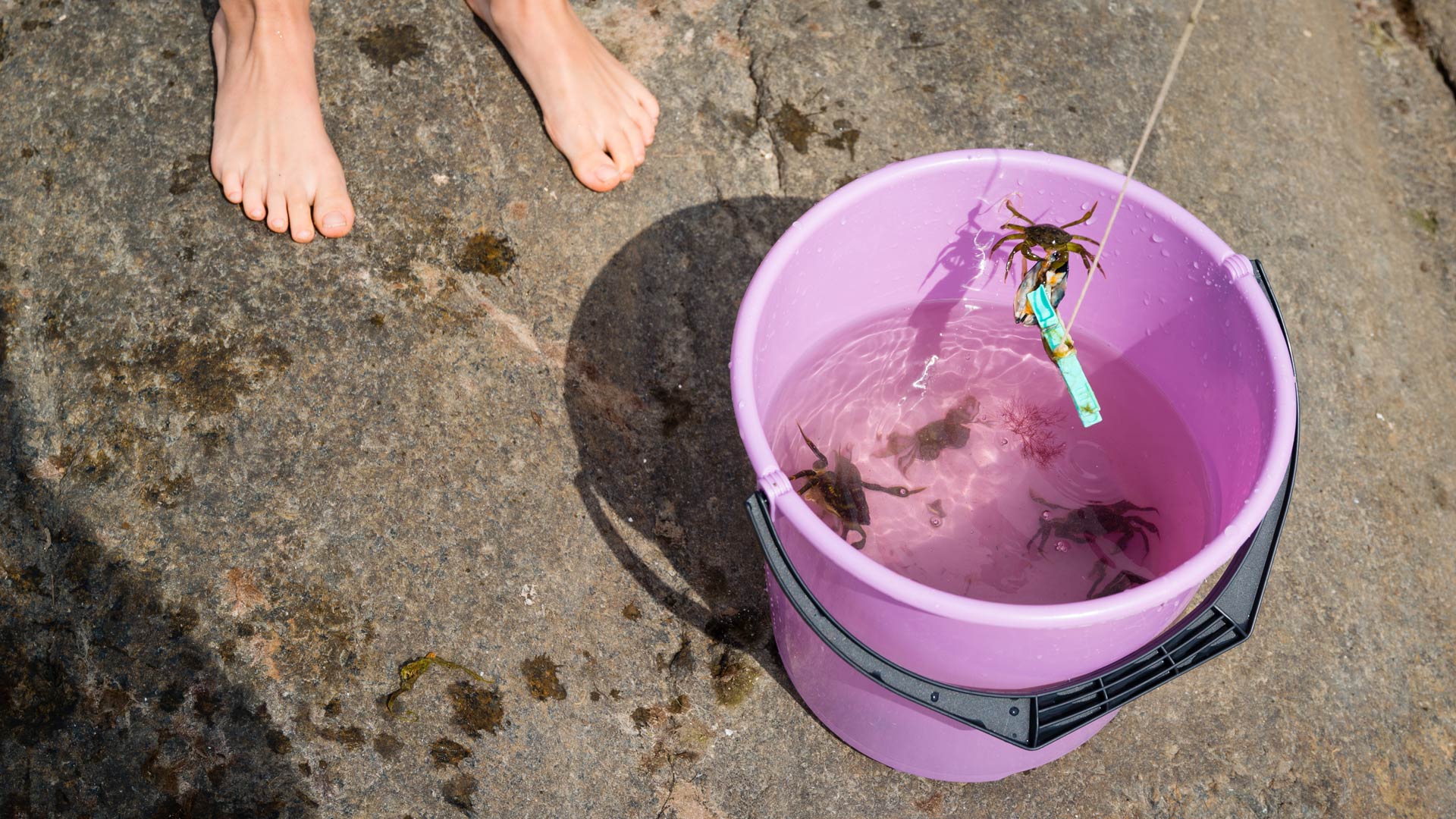
So you’ve got your crabbing destination and you’re all equipped for crabbing, what’s next? Here is a step-by-step guide on crabbing safely.
Step 1: Before you begin, fill half of your bucket with seawater. Use the water closest to where you’re crabbing. This will be your crab’s temporary home.
Step 2: Prepare your crab line by securing the bait to the line or placing it in the bait bag/net.
Step 3: Lower the crab line into the water slowly, letting it unravel bit by bit until the bait reaches the seabed.
Step 4: Wait patiently. You may feel a slight tug when a crab is on the bait, but not always. Check your line every 5–10 minutes to see if you have caught anything.
Step 5: If you have a crab, reel the line in quickly but gently to prevent it from escaping. If you are using a large hand net, scoop it up in one smooth motion.
Step 6: Transfer the crab from the net straight into your bucket. If you need to handle it, avoid the pincers and hold it with your index finger on the top of the shell and your thumb underneath. If pinched, stay calm and gently pull the crab away from you.
Step 7: Repeat as many times as you like, making sure the bucket is not overcrowded so the crabs have space to move.
Step 8: If two crabs start fighting, remove one immediately and release it.
Step 9: Release crabs promptly after observing them. Lower them gently back into the water at the same spot where they were caught, allowing them to scuttle away safely.
Step 10: When you finish, clean up your area. Dispose of any unwanted bait or equipment properly and take all rubbish with you.
Crabbing safety tips
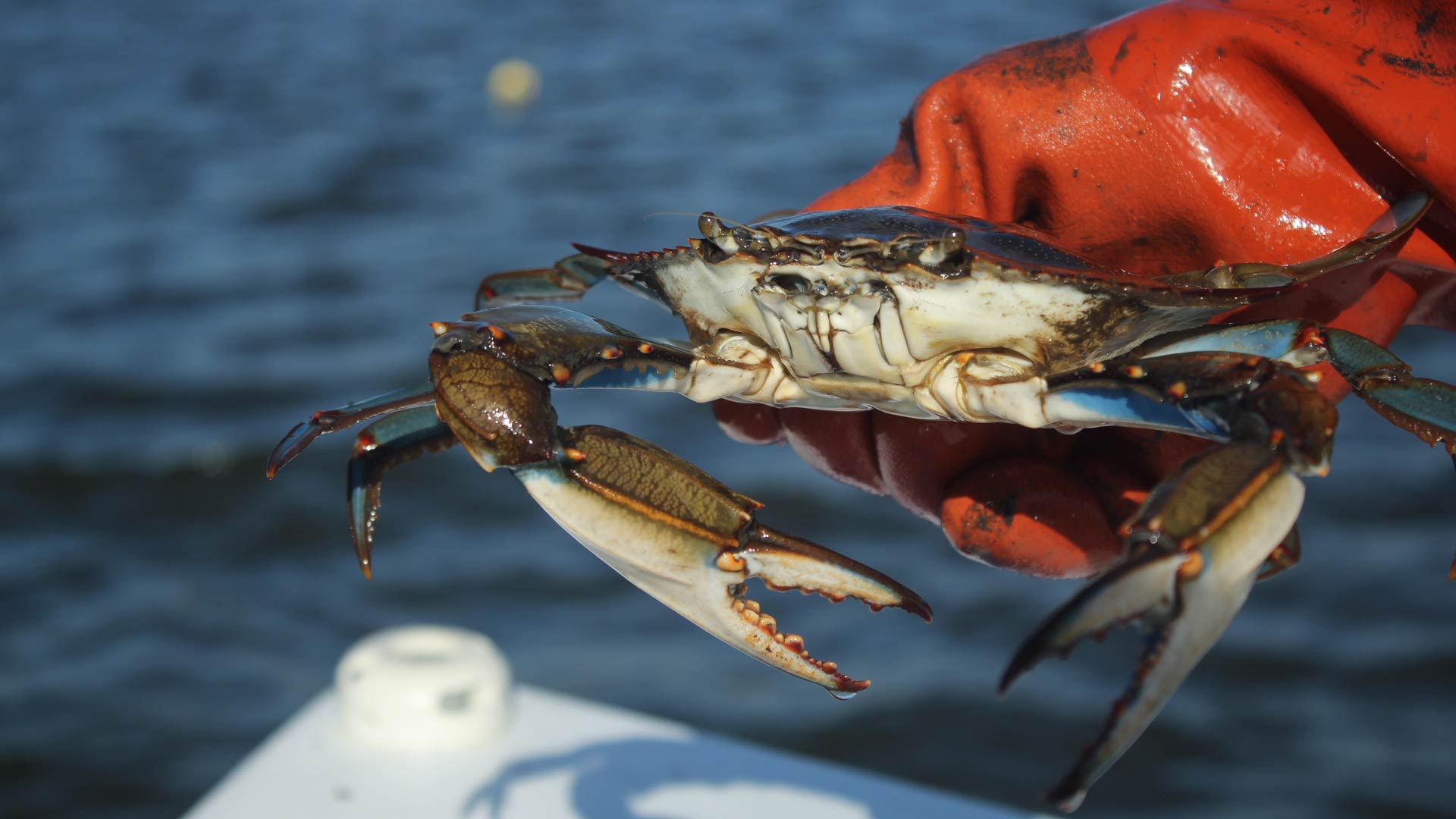
Before you start crabbing, it’s important to follow some simple safety guidelines. While crabbing is a fun, family-friendly activity, harbours, piers, and rocky shores can be dangerous, and crabs can pinch if not handled carefully. Following these simple tips will help protect you, your family, and the crabs.
-
Supervise children
-
Wear suitable footwear
-
Be aware of tides and weather
-
Handle crabs carefully
-
Separate fighting crabs
-
Limit crabs per bucket
-
Keep crabs cool and shaded
-
Release crabs promptly
-
What to do if a crab escapes
-
Treat crab pinches properly
-
Handle equipment safely
-
Stay hydrated and protect yourself from the sun
-
Leave no trace
-
Follow local guidelines
-
Use safe bait
-
Avoid keeping crabs overnight
-
Protect rocky habitats
Always keep a close eye on children near harbour walls, piers, or rocky edges, as these areas can be slippery and hazardous. When they are lowering lines, make sure they kneel or sit to prevent falls or loss of balance. Life jackets or buoyancy aids are recommended for younger children, especially near fast-moving water.
Use sturdy, non-slip shoes to protect against sharp rocks, barnacles, and slippery surfaces. Avoid flip-flops or sandals with little grip.
Check tide times and weather forecasts before crabbing. Avoid going out during stormy, windy, or dangerous conditions. If the weather changes while you’re crabbing, safely return the crabs and leave.
Pick them up from behind, holding the back of the shell (carapace) with your thumb and forefinger. Avoid the claws and support their body to reduce stress and injury.
If crabs start fighting, gently remove the aggressive crab and place it in a separate bucket or return it to the water to prevent injury.
Keep no more than 10 crabs in a standard bucket to prevent overcrowding and stress. Release some before catching more.
Warm water holds less oxygen, which can stress the crabs. Keep your bucket in the shade and change the water every 10 to 15 minutes with fresh seawater from the location where you found the crabs.
Return crabs to the exact location you found them to preserve the local population and reduce stress. Make sure you lower them gently into the water, rather than throwing them.
Stay calm and use a net or gently coax the crab back toward the water. Avoid quickly grabbing the crab with your hands. Remember, crabs are quick and can pitch you if they feel threatened.
Normally, crab pinches are harmless, but if you get pitched by a crab, move the crab away gently until it lets go. Rinse the wound with clean seawater or fresh water. If the skin is broken, clean the area with soap and cover it with a plaster.
Be careful with lines, nets, and hooks as they can cause injuries. Watch out when casting or pulling in lines, especially around children and other people.
No matter what time of year you go crabbing, make sure you stay hydrated by taking a bottle of water. Also, ensure you’re wearing weather protective clothing and sunscreen.
Respect wildlife and the environment by only catching what you need and then releasing the crabs gently back to the same spot. Make sure you return any borrowed equipment and take any belongings or rubbish home with you.
Some areas have bylaws in place to protect marine habitats or breeding cycles, so make sure the location is safe for crabbing.
Avoid raw chicken as it can introduce harmful bacteria into the water. Instead, use local fish scraps or bacon rind.
Crabs need an open-sea environment to survive. Release them after your crabbing session.
If you lift stones to look for crabs, replace them exactly as found to protect other marine creatures.
Are you planning your crabbing trip? Share your adventure with us by tagging us on Instagram or Facebook.
